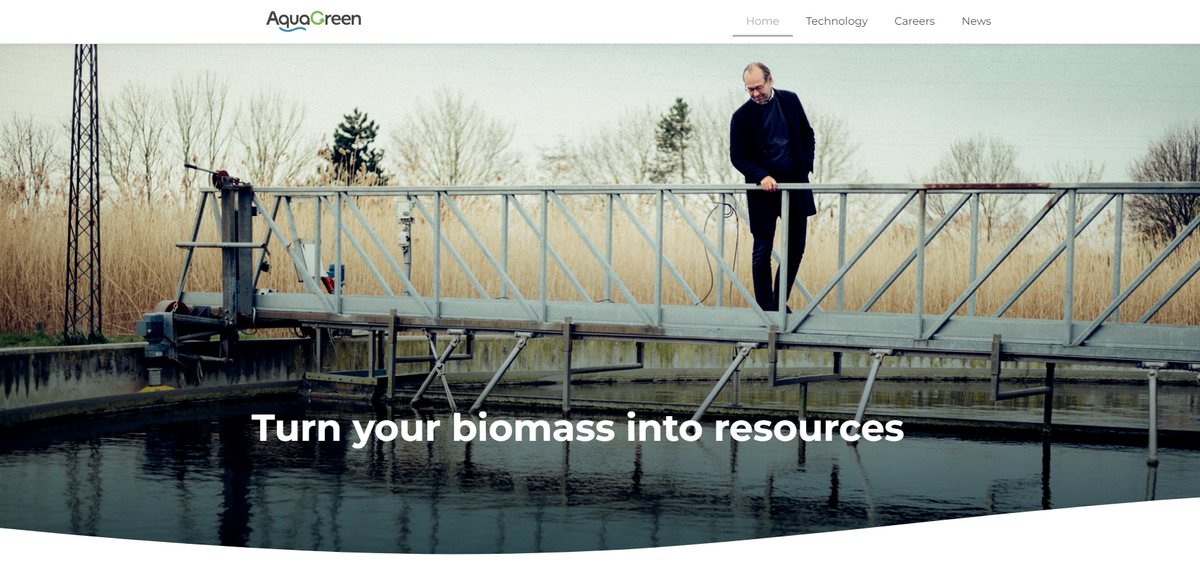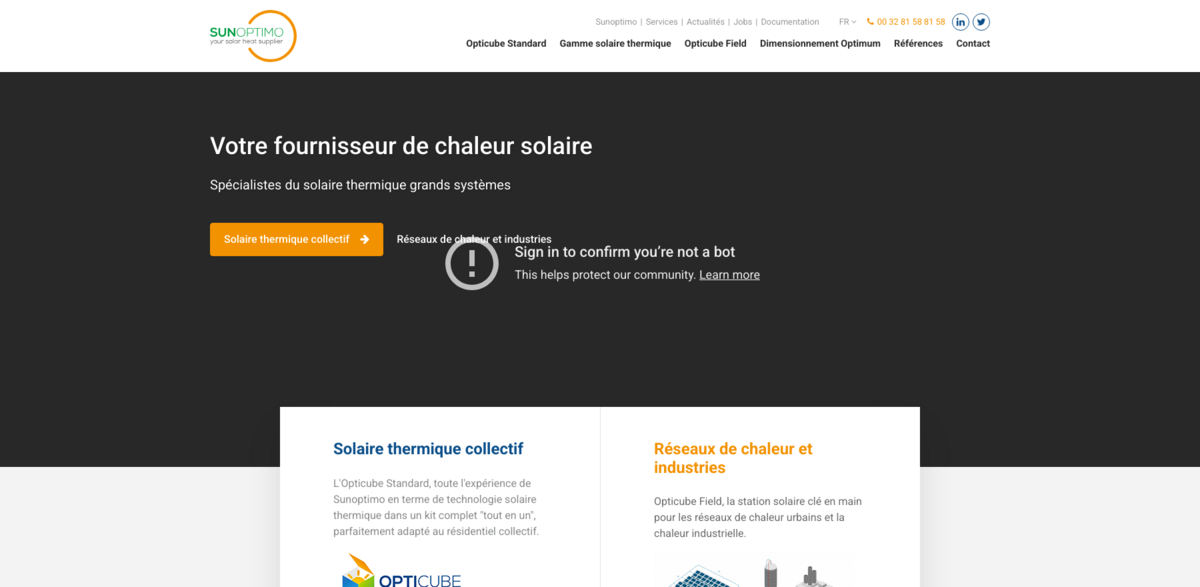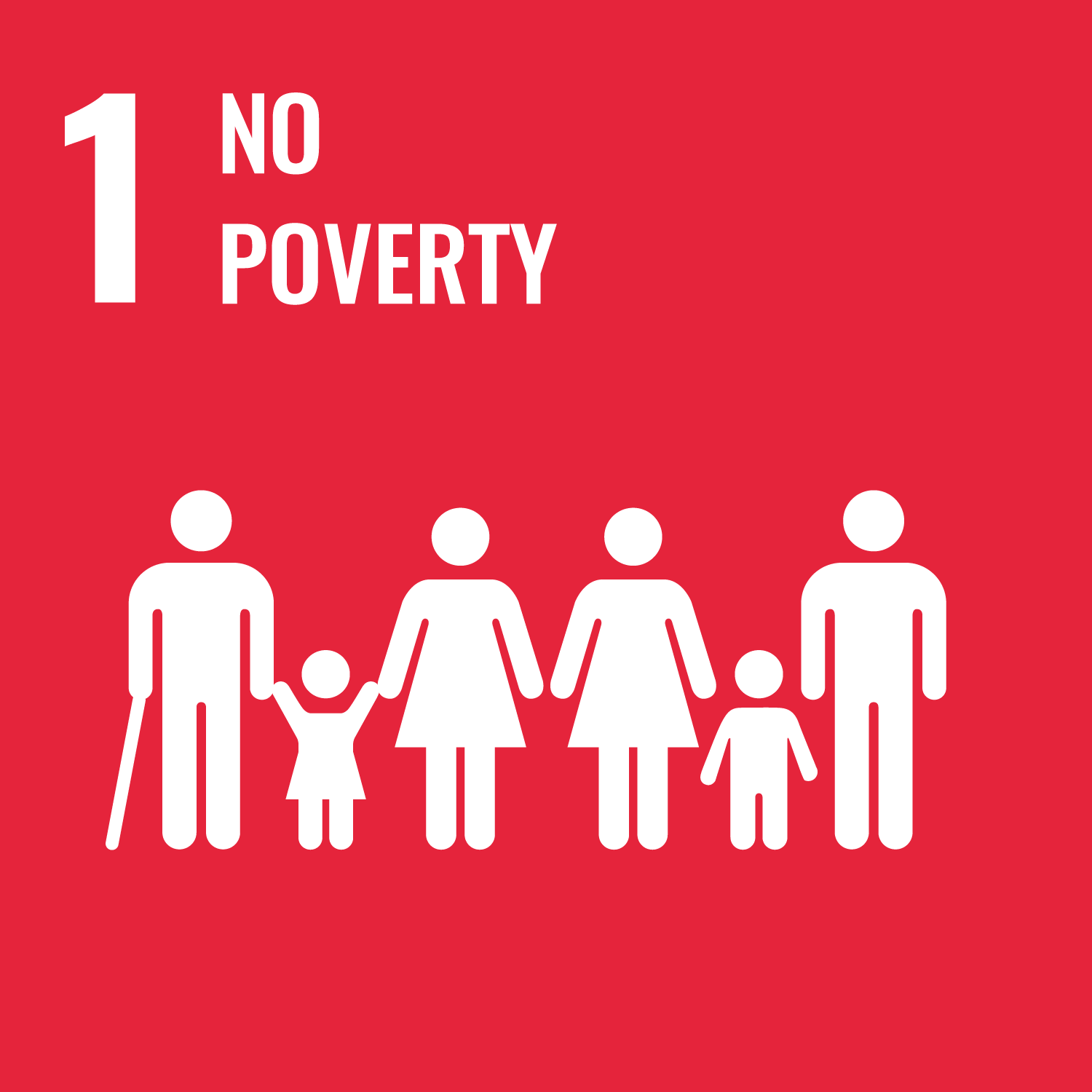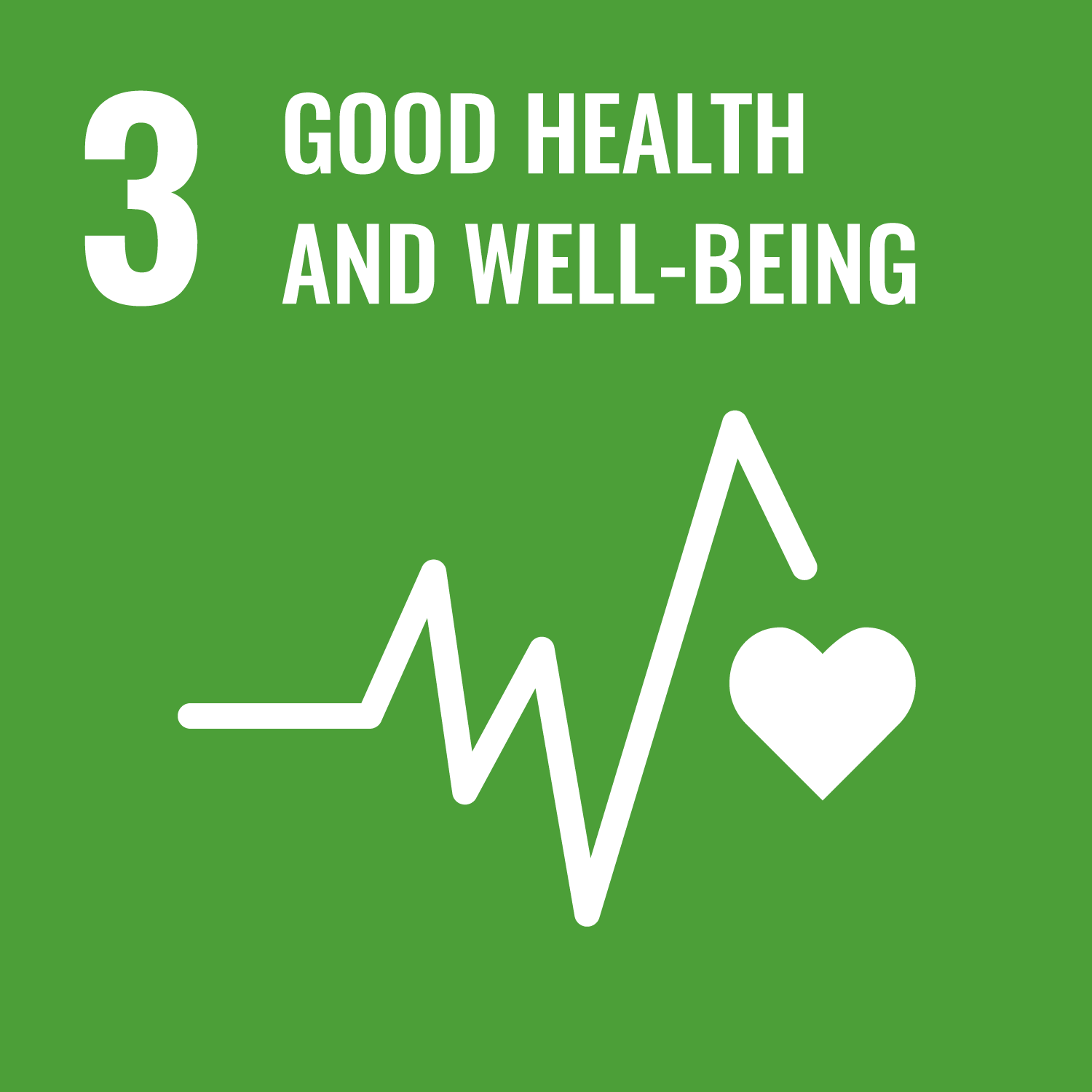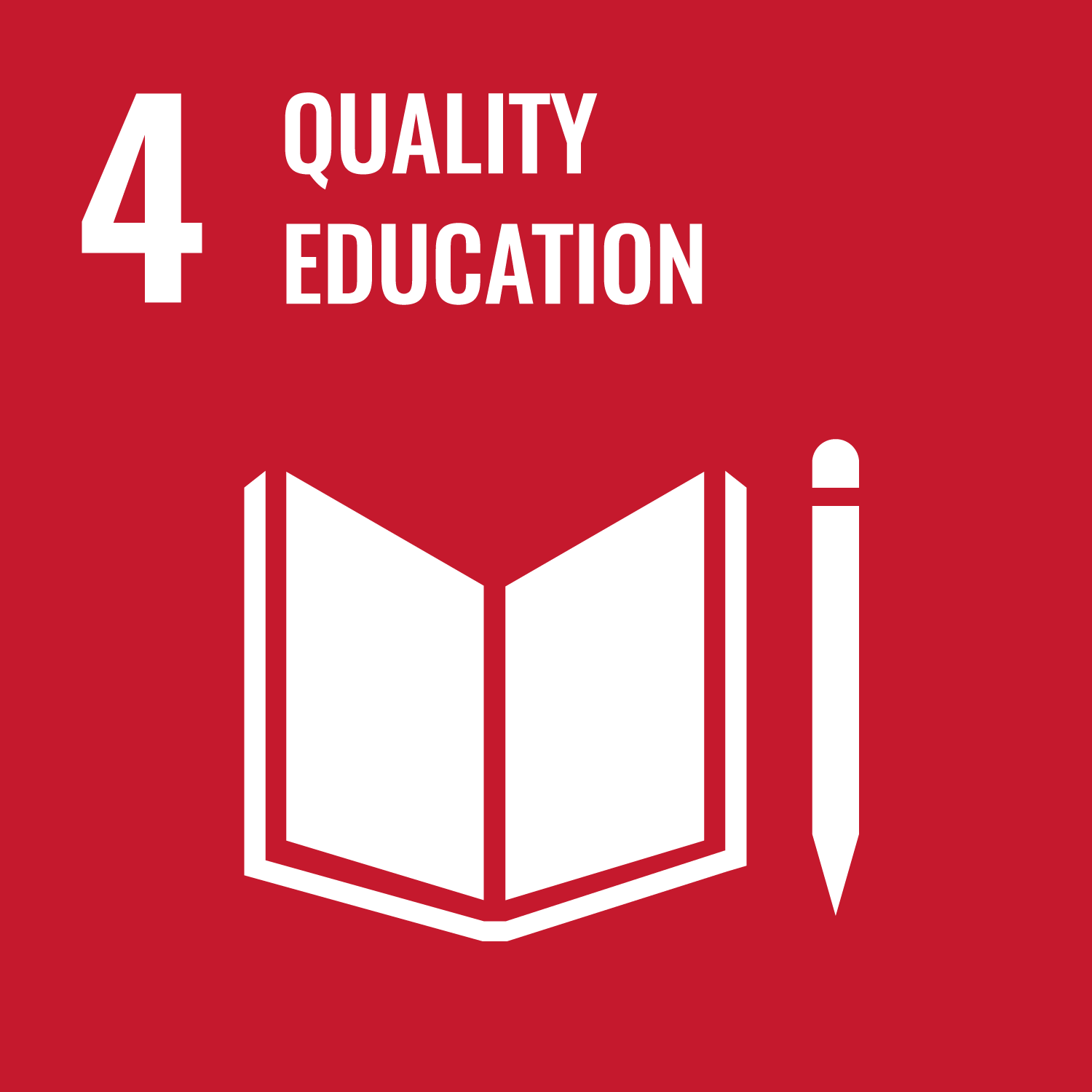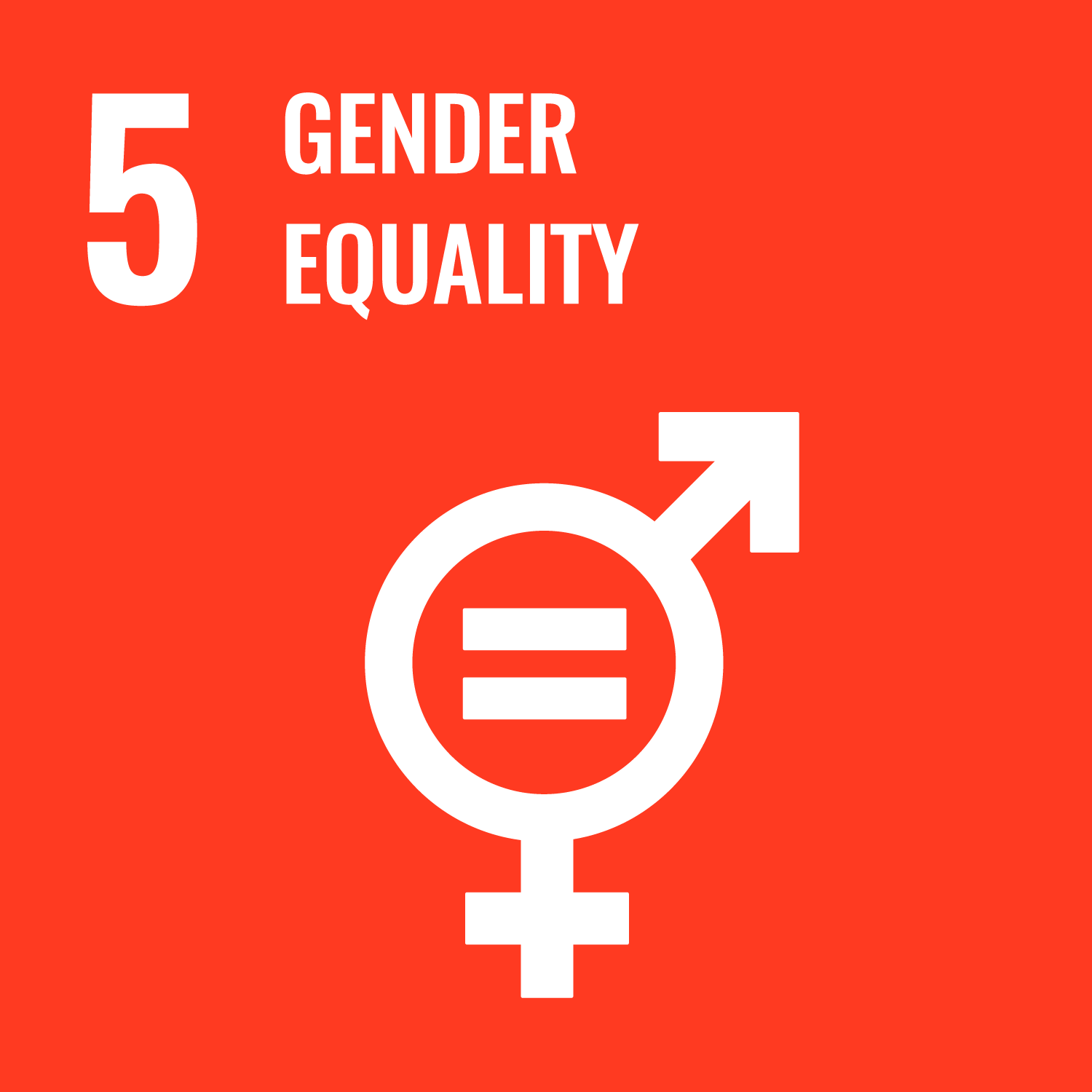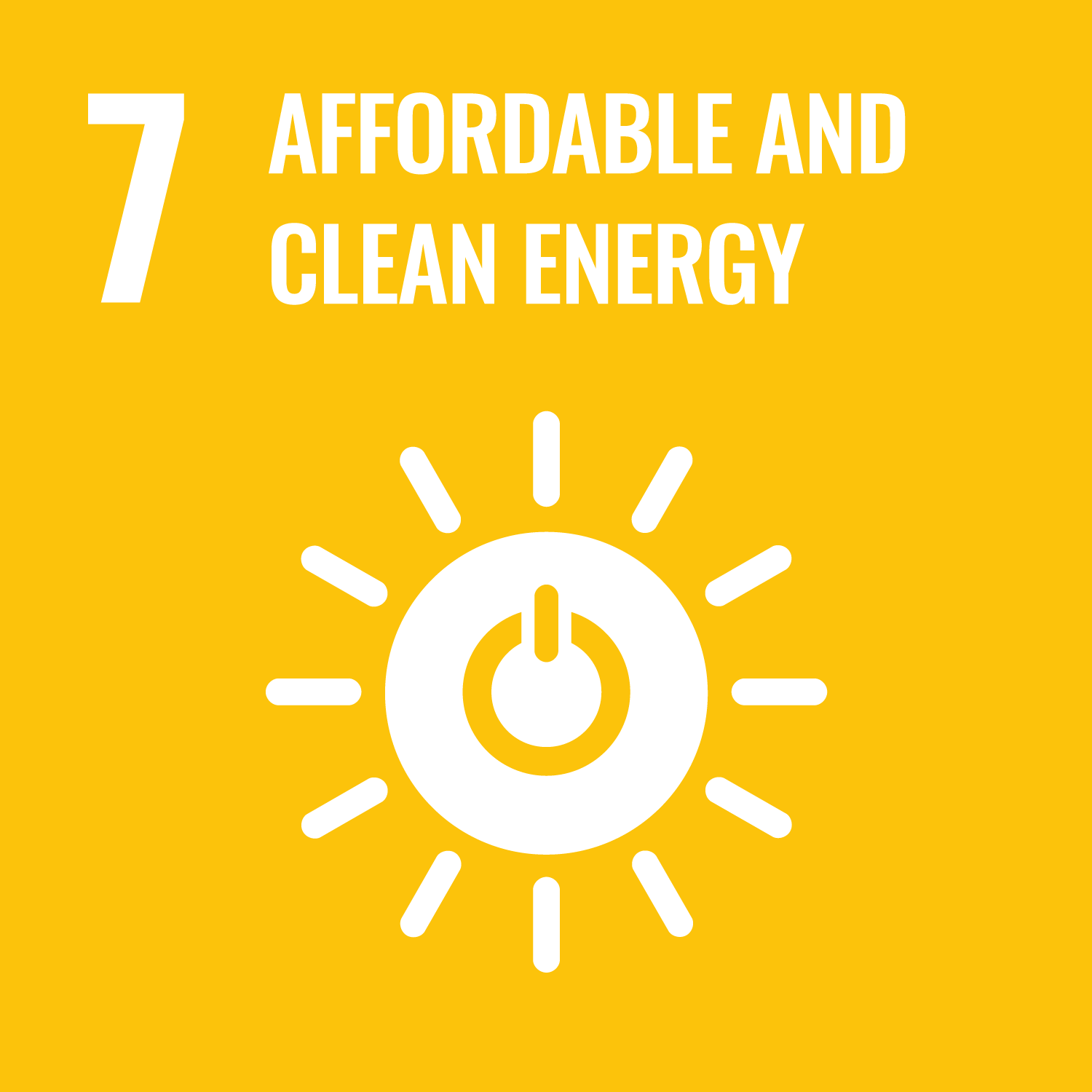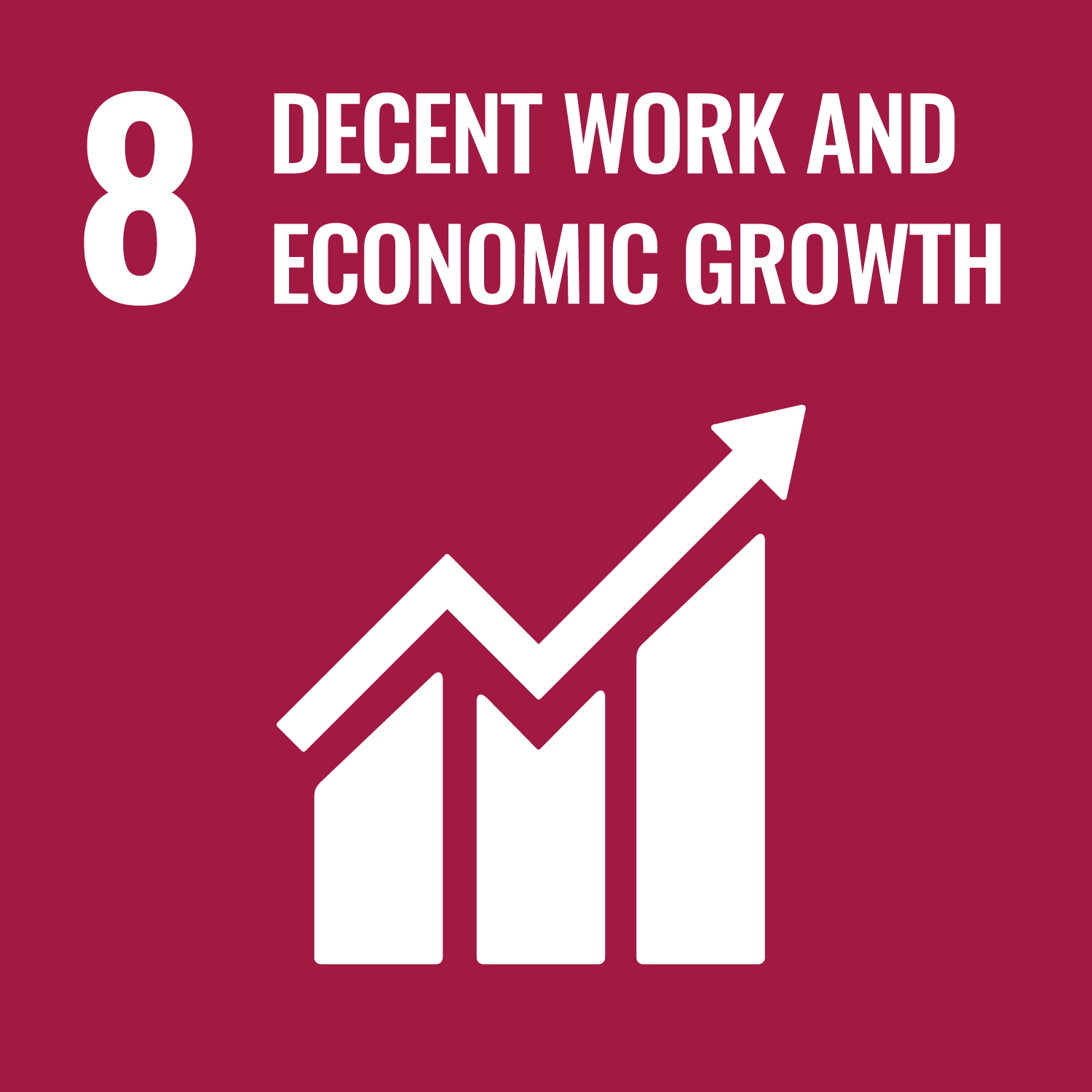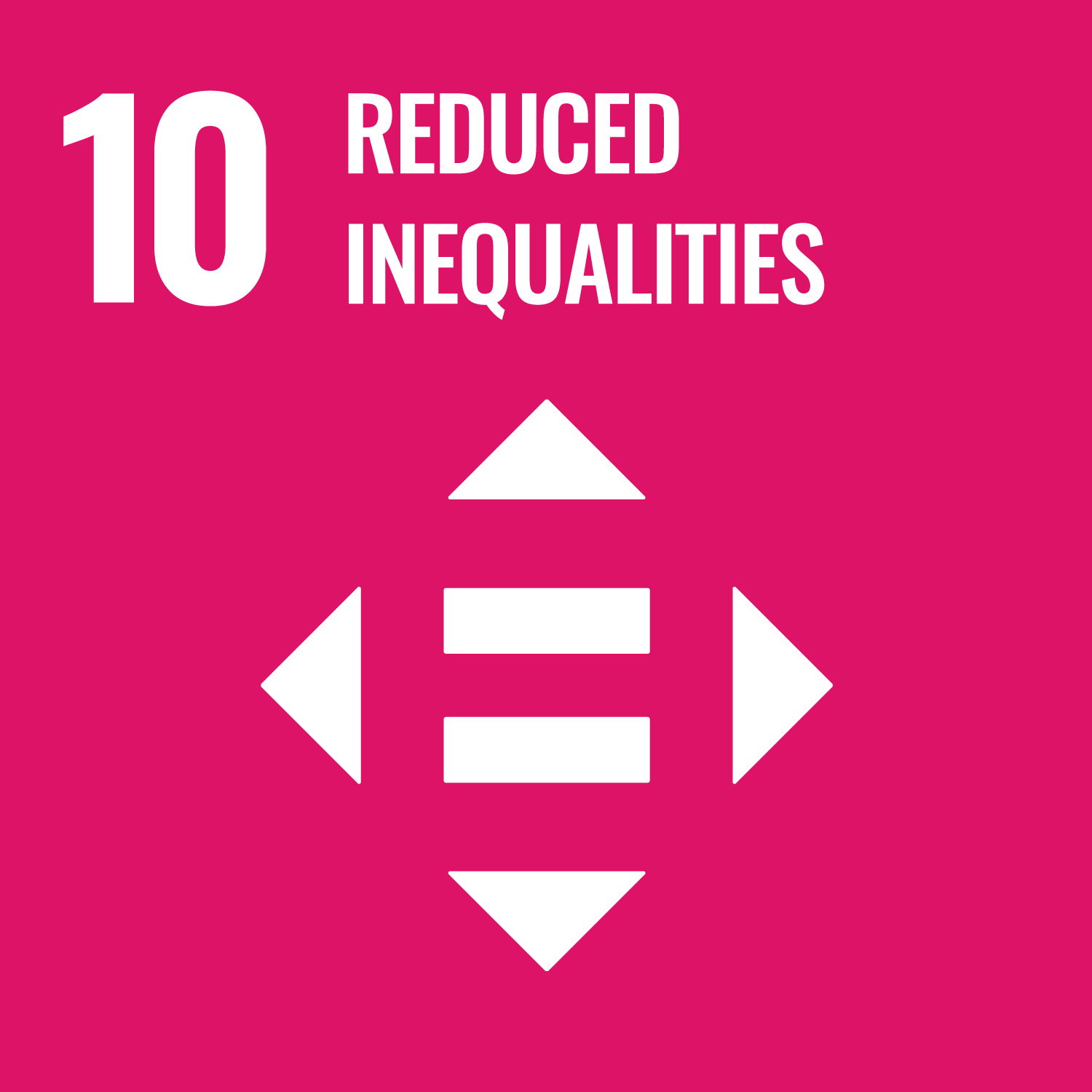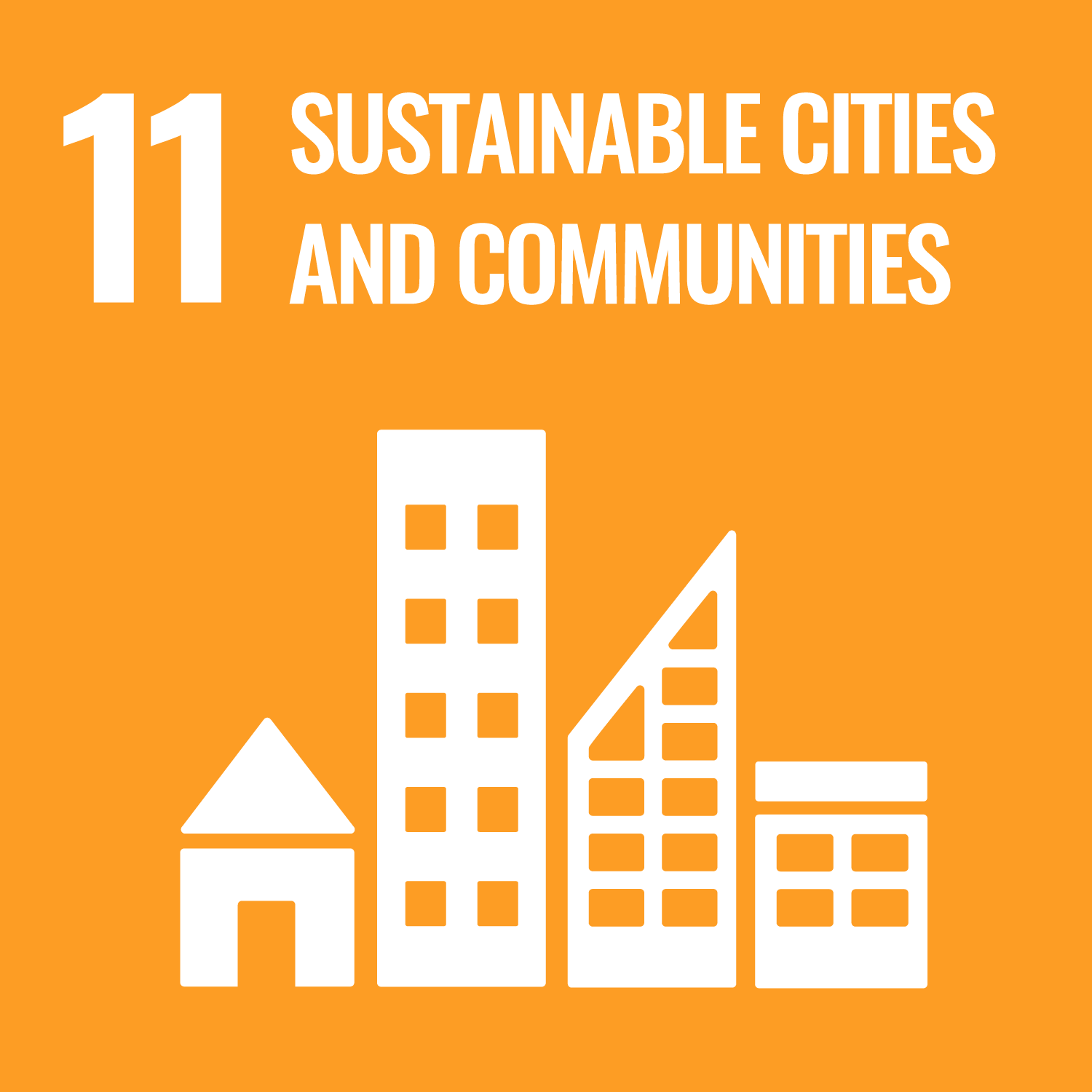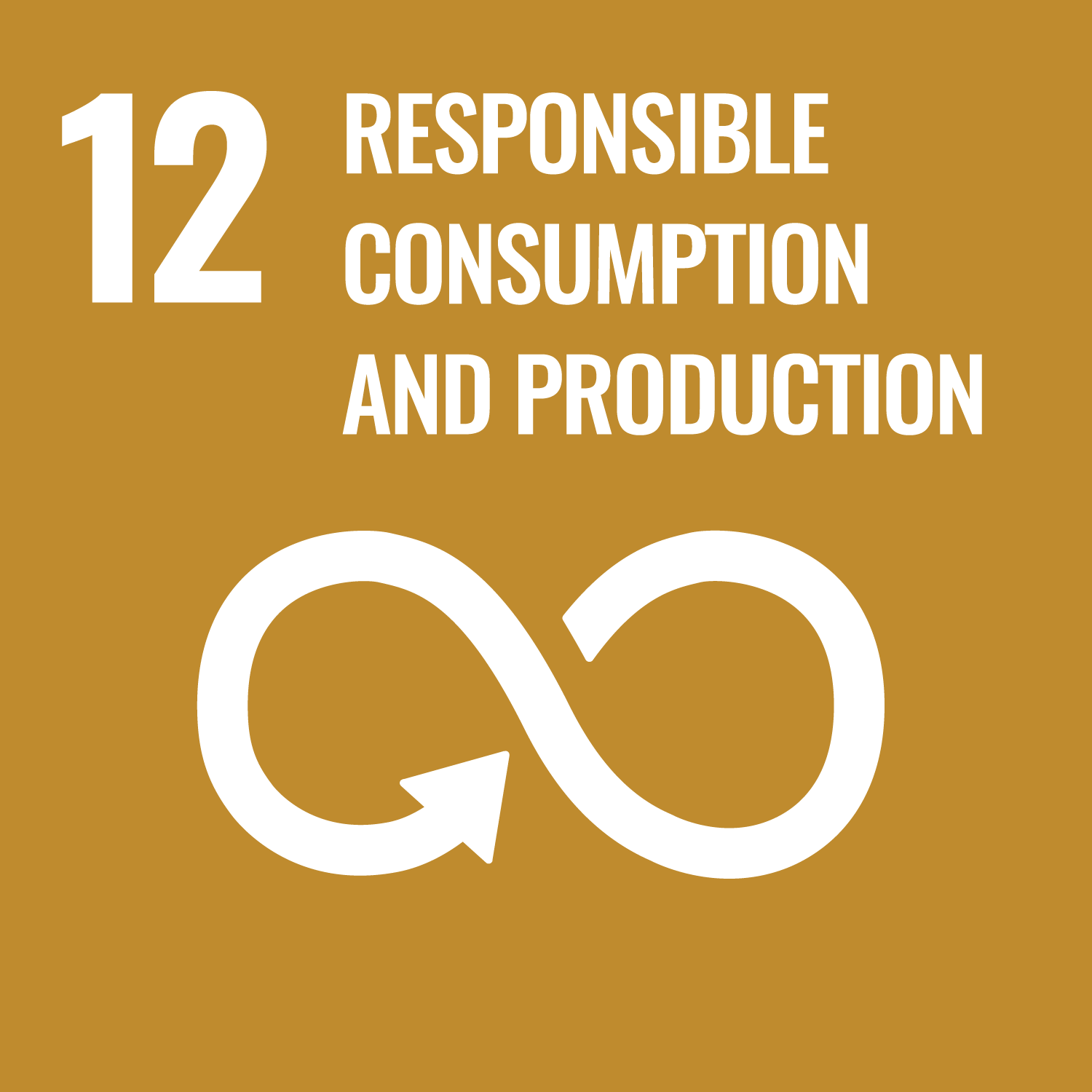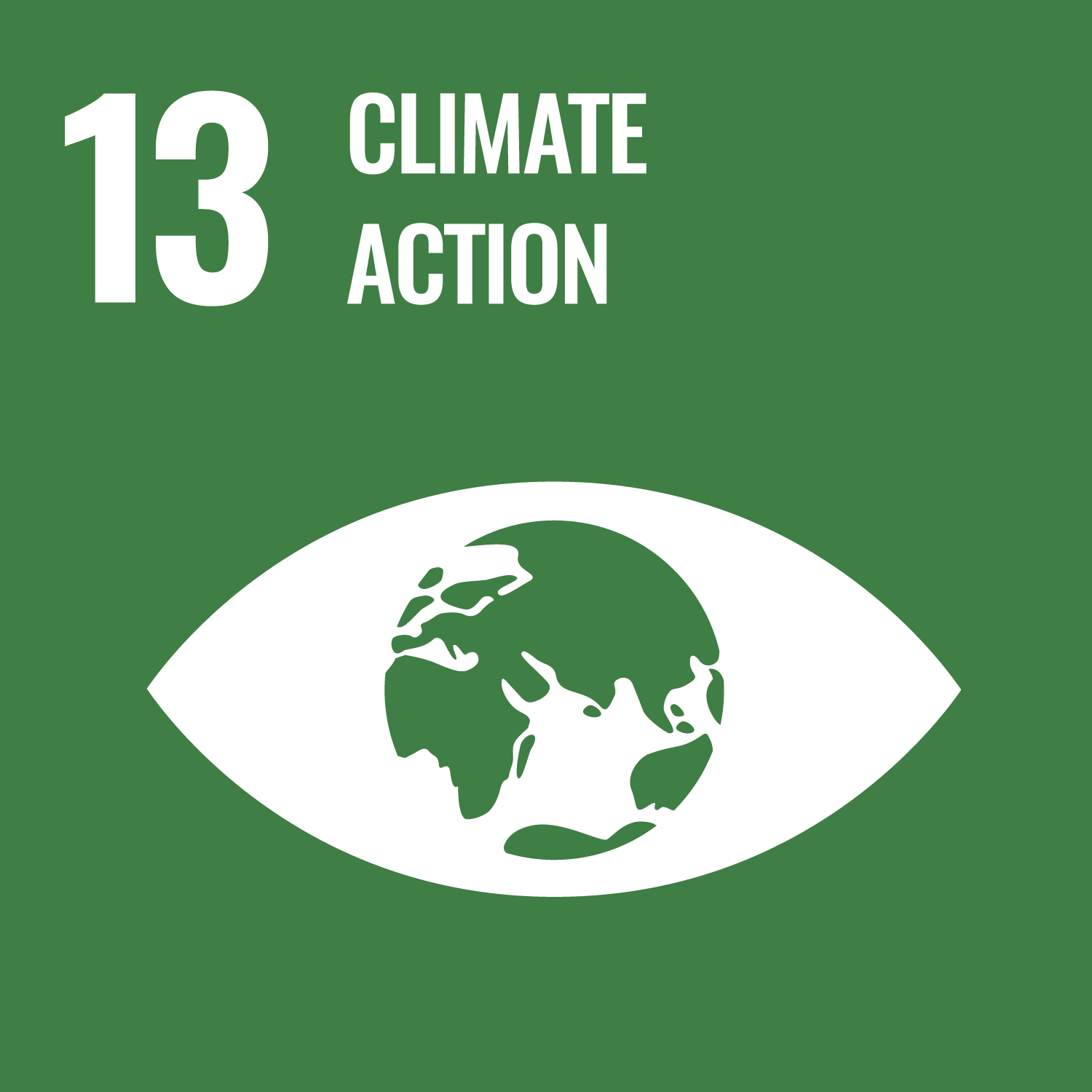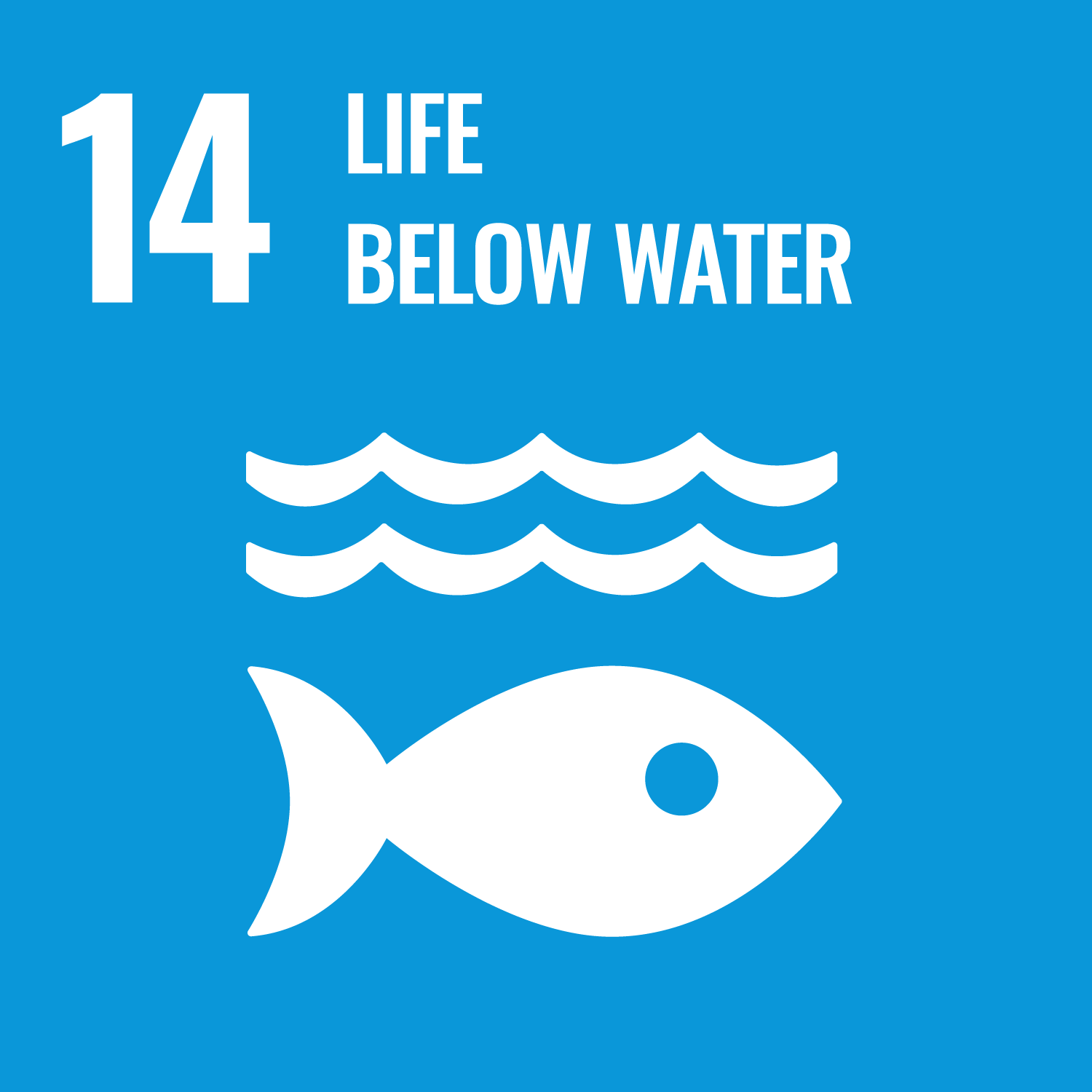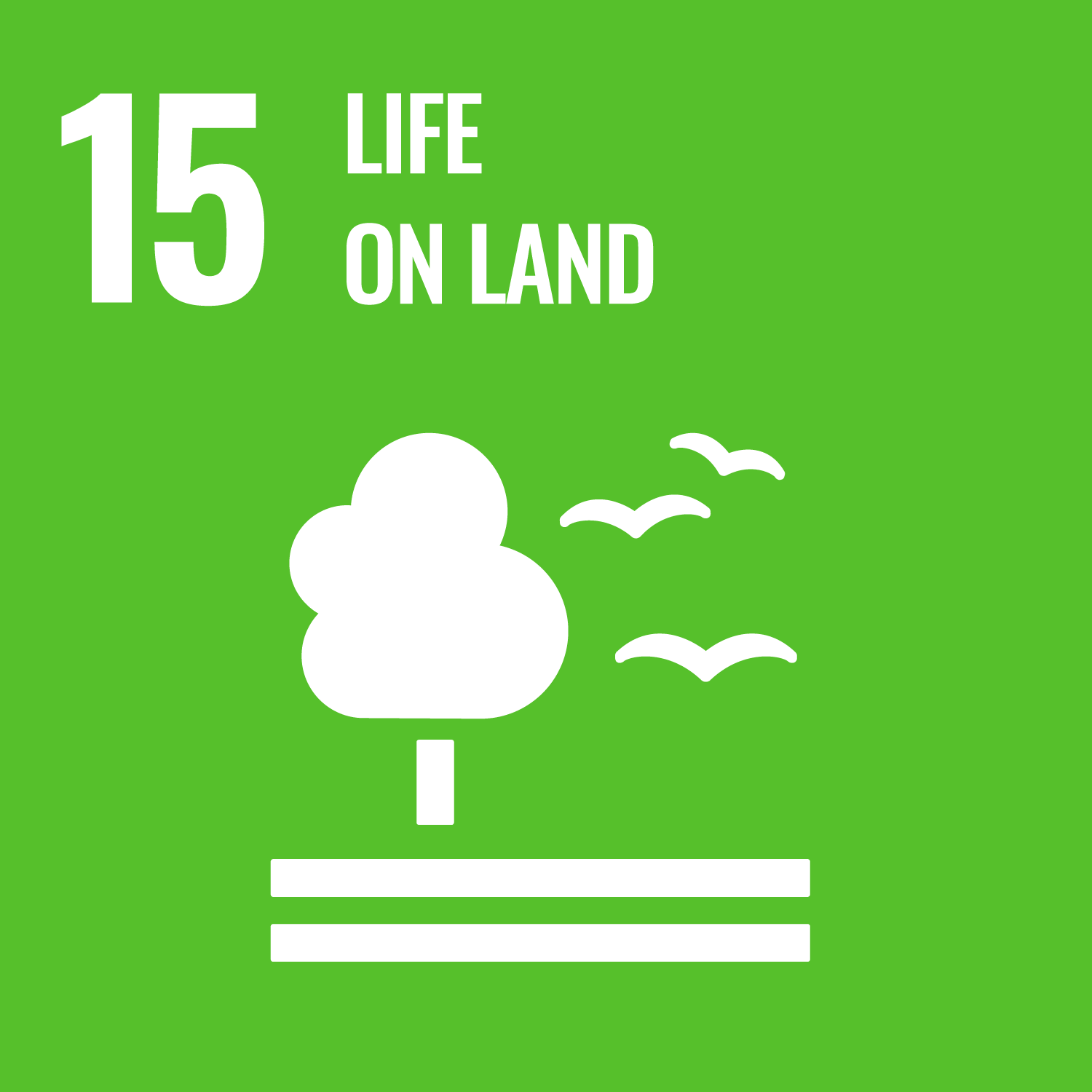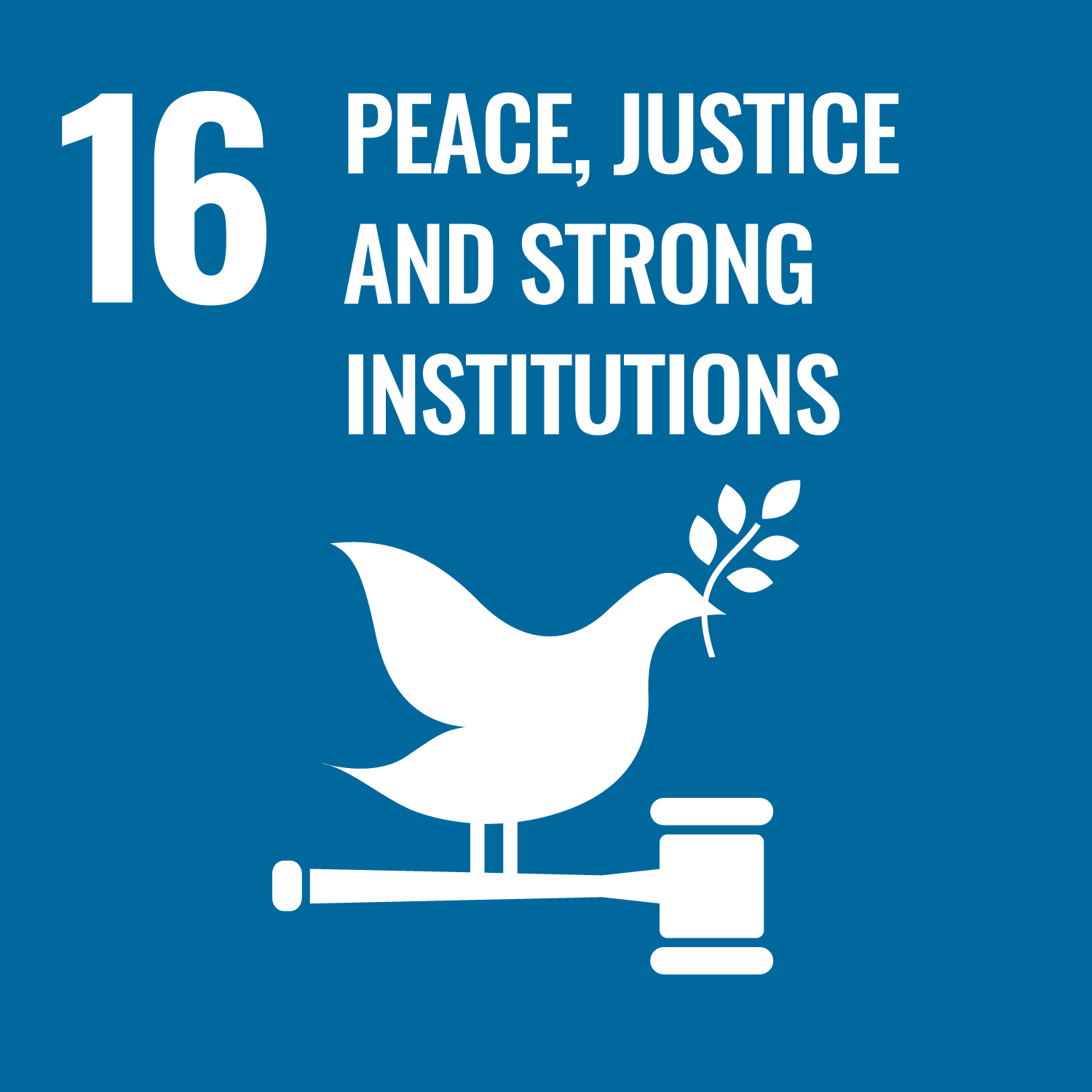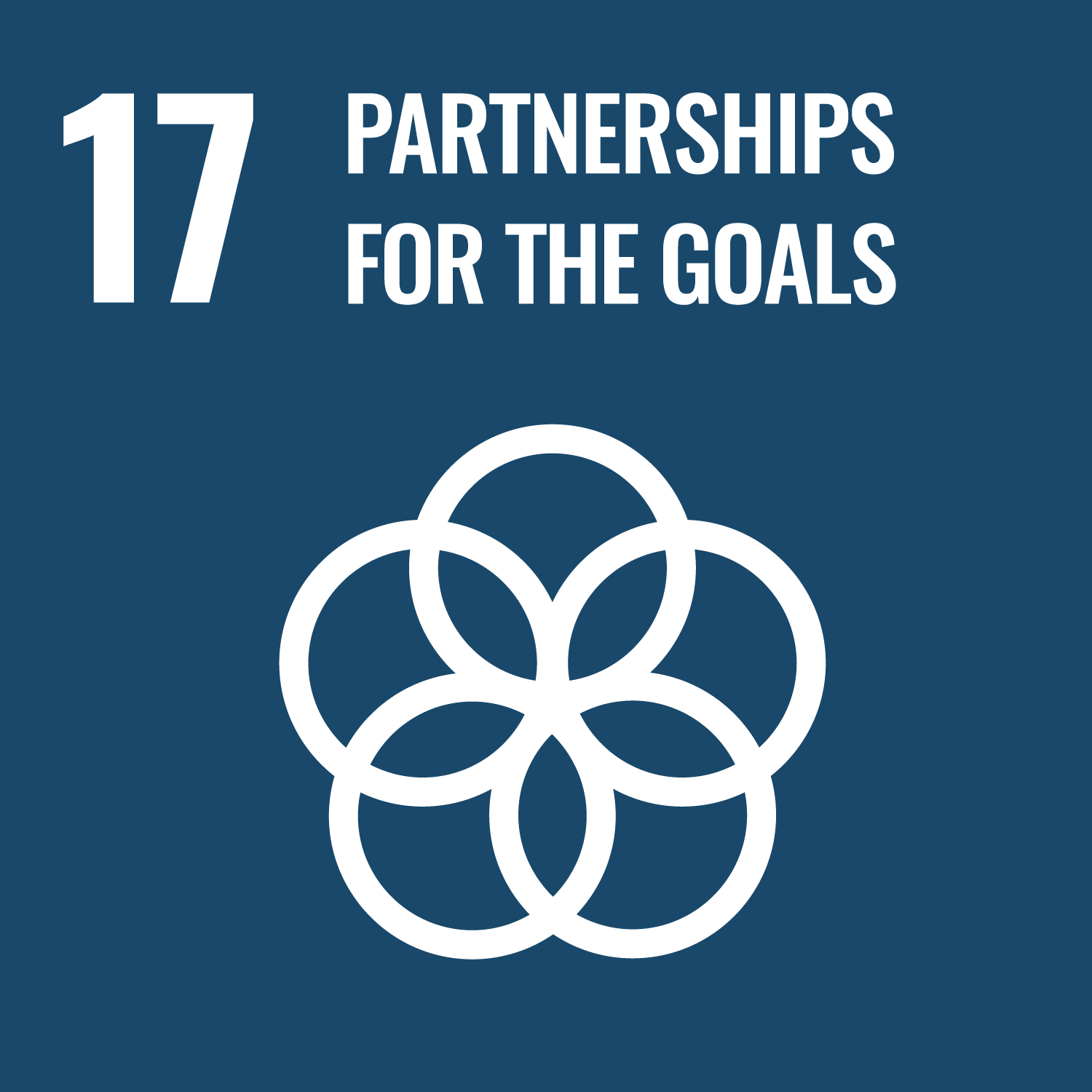What is the Project?
TURN YOUR BIOMASS INTO RESOURCES – an innovative initiative that invites industries to join the circular economy with AQUAGREEN’s sustainable steam-drying and pyrolysis technology. This unique patented technology transforms biomass and waste – including sewage sludge – into renewable thermal energy, soil-improving biochar, and activated carbon. It happens in an ingenious way: using the waste’s own calorific content to fuel a self-sustaining process. The system eliminates harmful pollutants and reduces greenhouse gas emissions, all while capturing and storing atmospheric CO2 in biochar. It is a game changer, turning challenges into opportunities and waste into revenue… all with minimal environmental impact.
Main Benefit
The major advantages of this system are truly remarkable. Consider these key figures and facts:
- Reduces greenhouse gas emissions by 1,800 ton CO2e
- Produces 2,000 MWh of renewable thermal energy
- Stores 500 ton carbon in high-quality, odorless biochar
- Achieves up to 90% reduction in waste handling costs
- Uses a fully automated, continuously operating process with minimal manpower
Technology and Process
At the heart of the project lies a combination of a super-heated steam dryer and a high-temperature slow pyrolysis oven. The steam-dryer operates in an oxygen-free environment using superheated steam at 200°C, drying dewatered biomass within two hours. The process is free from malodor and continuously recycles energy – as the surplus steam is condensed, its thermal energy is recovered for local or district heating. Shortly after, the dried biomass is fed into the pyrolysis oven where it is heated to 650°C in an oxygen-free atmosphere. This rapid 20-minute process not only removes additional organic pollutants such as microplastics, drug residues, and PFAS, but also generates pyrolysis gas that fuels both stages. The leftover solid is a nutrient-rich biochar with a stable carbon content above 90%, prolonging carbon sequestration when applied as a soil improver. It is a robust process that converts challenges into sustainable and renewable opportunities… so efficient that the system practically powers itself.
Applications Across Industries
Diverse industries can tap into the potential of AQUAGREEN’s technology. In wastewater industries, the solution turns a problem into a resource for municipal wastewater treatment plants by re-circulating critical nutrients like phosphorus. In the agriculture sector, livestock manure and organic waste can be upcycled for energy production and transformed into beneficial biochar that improves soil moisture and nutrient retention. Aquaculture industries benefit by reducing sludge volumes – a key issue especially when growing smolt larger before transferring them from land to sea. The food and beverage segment, for instance in breweries, can turn excess sludge into valuable biochar while utilizing the excess thermal energy in production processes. Even the biochemical industries find a match, where sludge that requires no further processing leads to significant cost savings and reduced disposal expenses. Special requests from cruise ships, military camps, or festivals see the technology tackling wastewater sludge, eliminating health risks, and repurposing thermal energy for heating needs.
Innovation and Collaboration
The AQUAGREEN project is not just about cutting-edge technology – it also symbolizes dynamic collaboration. Engineers work closely with dedicated partners, eminent senior scientists, and professors from prestigious institutions like the Technical University of Denmark (DTU). This fusion of industry insight and academic research has led to the development and patenting of their combined technology. Recognized by innovation awards from reputable organizations such as the Solar Impulse Foundation, this project underscores the importance of cross-sectoral partnerships in advancing sustainable solutions. It is a fine example of how collaboration can translate environmental challenges into tangible opportunities.
Project Impact
- SDG 7: Affordable and Clean Energy – by producing renewable thermal energy and reducing dependency on external heat sources.
- SDG 9: Industry, Innovation and Infrastructure – through its continuous, fully automated process and state-of-the-art technology.
- SDG 11: Sustainable Cities and Communities – by simplifying waste management and reducing sludge volumes in municipal settings.
- SDG 12: Responsible Consumption and Production – as it upcycles waste into value-added resources like biochar and activated carbon.
- SDG 13: Climate Action – by eliminating greenhouse gas emissions and storing atmospheric CO2 for long-term carbon sequestration.
Future Prospects
The potential for AQUAGREEN’s sustainable biomass treatment technology is clear. From integrated steam-drying and pyrolysis that serves industries across the board, to the commercial successes like the AQUAGREEN HECLA® 1,000 installation at Odsherred Forsyning, every component is designed for maximum impact. This system treats 1,000 metric tons of dry matter annually, further proving that advanced technology can simplify waste management while achieving wide-ranging environmental benefits. The resultant biochar, odorless and enriched with 5-6% plant-accessible phosphorus, not only improves soil health but also contributes to closing nutrient loops in agriculture. Its robust carbon stability means that when applied to soils, carbon remains sequestered for centuries, providing a long-term climate solution. With each technological breakthrough and collaborative effort, the prospects brightens – paving the way for a greener, more sustainable future. The innovative integration of superheated steam and pyrolysis certainly captures a dynamic intersection of science, engineering and environmental stewardship… a testament to what modern technology can achieve when aligned with nature.

